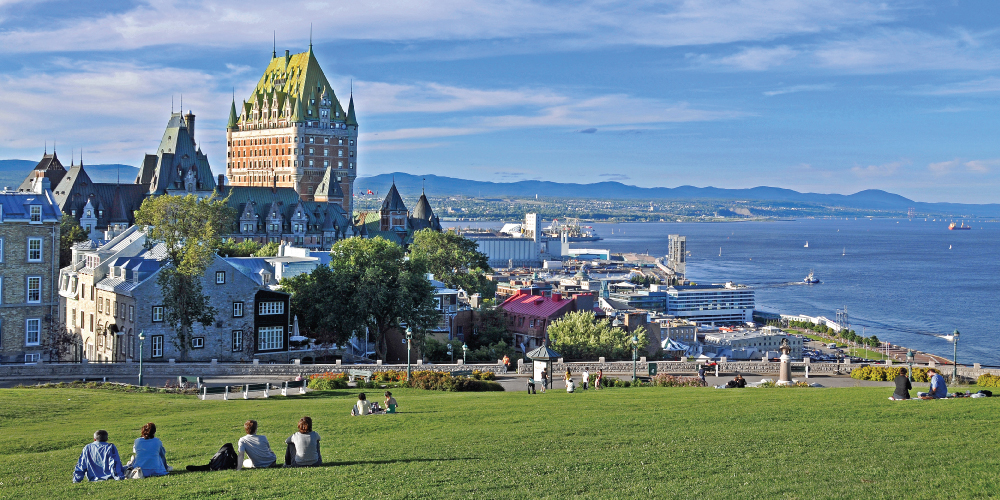About the Lakes
St. Lawrence River and Seaway
The St. Lawrence River and Seaway is of vital geographic and economic importance to the Great Lakes system, connecting the lakes to the Atlantic Ocean and providing navigation to deep-draft ocean vessels. Approximately 800 miles (1,287 km) long, the St. Lawrence River can be divided into three broad sections: the freshwater river, which extends from Lake Ontario to just outside the city of Quebec; the St. Lawrence estuary, which extends from Quebec to Anticosti Island; and the Gulf of St. Lawrence, which leads into the Atlantic Ocean.
The St. Lawrence River drops 226 feet between Lake Ontario and Montreal, Canada. To allow vessels to pass through the river and in and out of the Great Lakes, the St. Lawrence Seaway, a massive American-Canadian navigational project, was begun in 1954 and completed in 1959. The Seaway created the final link in the Great Lakes-St. Lawrence River system, connecting Duluth, Minnesota, some 2,340 miles (3,766 km) away, with the head of the Gulf of St. Lawrence, through a complex system of lakes, rivers, deepened channels, locks, and canals.

Chateau Frontenac in Quebec City, Quebec, on the St. Lawrence River.
Sign up for our e-newsletter
Get the latest Great Lakes Commission news and events in your inbox!
Sign up for our e-newsletter
Get the latest Great Lakes Commission news and events in your inbox!
